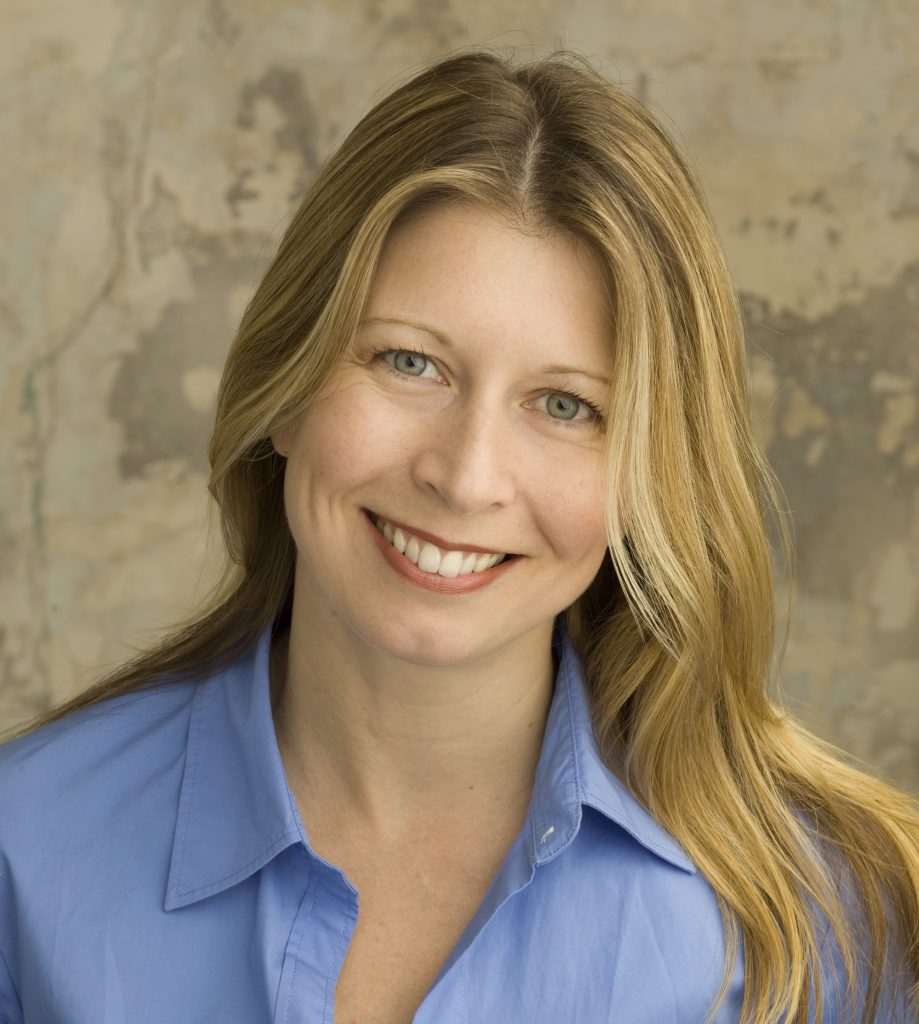Shifting Between Worlds: An Interview with Cherice Barton
Dance – in particular, ballet – is what Cherice Barton calls “church.” One of 3 sisters- all of whom are professional dance artists- Barton attended tap, jazz, and ballet classes from a very young age. But early in life, she dreamed of being an actress, taking acting lessons as a child and even participating in some plays. “Aside from some Fringe theatre, I never did it professionally,” says Barton.
When she became a teenager, at the suggestion of her dance instructors, Barton’s focus shifted exclusively to ballet. At 17, she joined Alberta Ballet, where she danced until joining Les Ballet Jazz de Montreal five years later. Her dedication to acting followed her. “I think I approached dancing as an actor. Every time I had a role, even if the choreography was abstract, I would always give myself a motivation…an emotion, or a character.” Her career as a full-time dancer came to an end and, as Barton describes it, “I had the ambition and curiosity to pursue bigger spectacles. I wondered, ‘How do you put on a show with a budget of 250 million? How do you create for a stage that is made of water one moment and up in the air the next? What does it feel like to be a director in a theater built around your vision?'” Choreographic engagements for television, musical artists, and Broadway were her opportunities to find out.
{ DIYdancer }, Alejandra Iannone: Is your commercial work more lucrative than concert dance work?
Cherice Barton: Yes. But I pursued that line of work because it challenged me and piqued my curiosity. When I first saw ‘O’ in Vegas, I called my agent right away – I had to be part of that world! I didn’t care how – I’m never attached to a title – but I wanted to be a part of it.
AI: How is the work different now that you have moved back to “smaller scale”?
CB: It’s very different and so I welcomed the opportunity to choreograph as part of Aspen Santa Fe Ballet’s (ASFB) three-year residency at Valley Performing Arts Center [a program of new works that celebrates the company’s commitment to creating new contemporary dance]. Returning to a studio with just me, a few dancers, and a CD player or an iPod…it was magical. Out of that magic came Eudaemonia, a new contemporary ballet that explored the nature of human happiness.
AI: Why name this ballet Eudaemonia? (The term is a Greek word commonly translated as happiness or welfare; however, “human flourishing” has been proposed as a more accurate translation.) I rarely encounter the concept outside of my experiences in the world of philosophy, so seeing that title on the press release was a pleasant surprise. Did you do any research on the Greeks or Aristotle, the philosopher who tried to discover the best way to lead life and give it meaning?
CB: No, I came to a decision after using online web resources and psychological papers recommended by a friend’s mother. I came across the word and it seemed to make the most sense.
AI: What was the creative process for Eudaemonia?
CB: It was a collaborative investigation. I didn’t want dancers to tell me all of their secrets…it is a great power that dancers have, to tap into something inside. But we did a lot of soul-searching, digging about happiness.
AI: How did that translate into movement?
CB: I’d give the dancers a sentence to take and physicalize. From there, we’d pick the movement apart or I’d add vocabulary of my own. That’s the way I prefer to develop dances. I don’t consider myself a very fast choreographer. When I have the luxury of time, I like to build a common language. Sometimes, in my class, I’ll give dancers a phrase for arms, then a separate phrase just for legs, and then we layer them together. It doesn’t feel very good at first, but soon it’s in the body. Through that common language, we tend to learn a bit more about one another. [Barton laughs.] At a social outing with ASFB close to the end of the creative process, I told them, ‘I don’t know you all that well, but I feel like we tapped into your personal lives!’
AI: What about when you don’t have the luxury of time?
CB: I pull from material I’ve used before. It takes time to build language! In commercial work, there is zero time for process. You just slap on the dances. And while I am less inclined now to work with deadlines like that, the experience of working with limited time helped me learn how to make a quick decision and be fine with it.
But for Eudaemonia, I was able to linger over certain choices. The choreography mixes the ASFB dancers’ movement styles with my plethora of dance moves. (Nods to Hollywood movie musicals, Bob Fosse, and Michael Jackson are peppered in). Some of the dancers picked up the movement more quickly. Often those with an extreme physicality and a quick muscle twitch – I think it comes from being trained in jazz – they get my work quickest. But I was able to wait and finalize casting for the ballet until just before the creative process concluded.
AI: Did that choice frustrate the dancers?
CB: The roles revealed themselves. I had to trust my instinct.
The world premiere performance of Eudaemonia will take place at the Valley Performing Arts Center in Los Angeles on Friday, March 3rd at 8:00 pm. Click here for tickets.
Recent Posts





